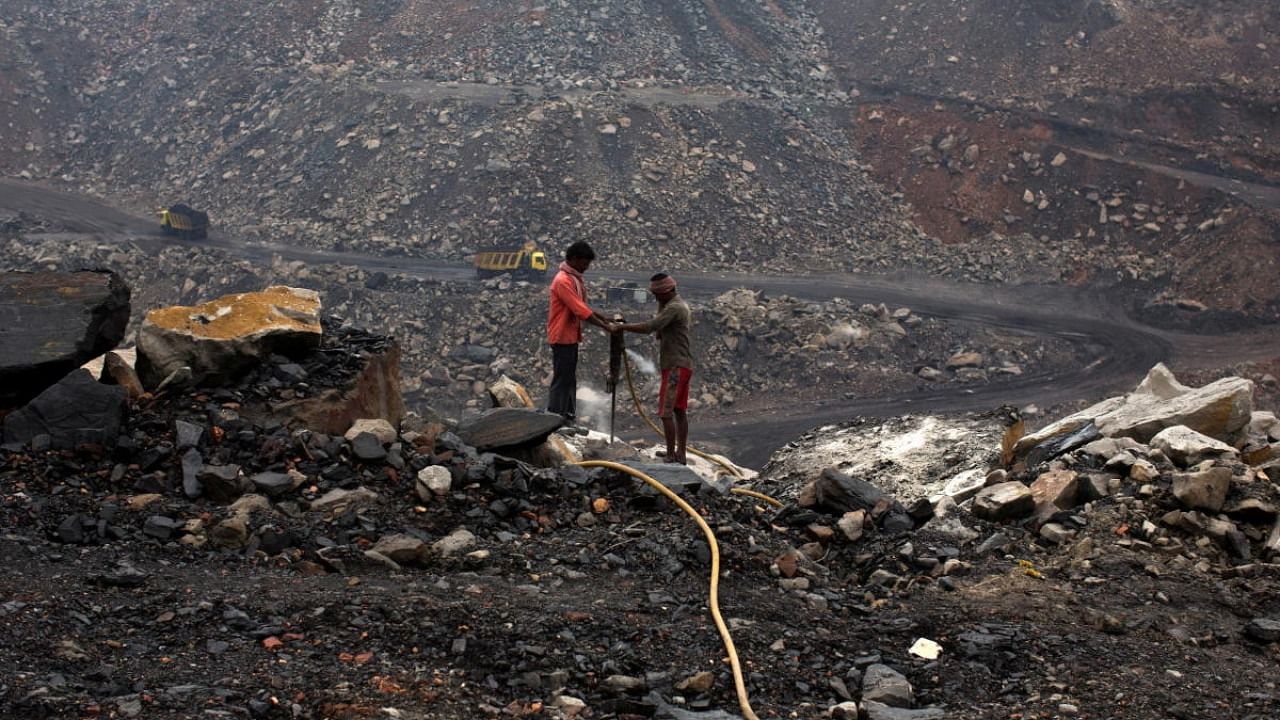
By David Fickling
For a world that needs its carbon emissions to diminish to nothing within the next 30 years, the announcement by India’s Prime Minister Narendra Modi of a 2070 net-zero target might sound profoundly disappointing.
The world’s biggest emitter, China, isn’t promising zero before 2060. The second-largest, the US, is unlikely to be able to pass legislation through Congress sufficient to fortify President Joe Biden’s 2050 target against unpicking by future administrations or the courts. Now the third-ranked polluter is out with a promise that’s 20 years too late. After a lacklustre communique on climate from the Group of 20 meeting in Rome, the United Nations climate conference in Glasgow might appear to have already failed.
That view fails to recognise how far India has moved to come to this point — and how far it could still go. Indeed, it’s possible, based on Modi’s other promises, that the country’s emissions have already peaked, or come close to it. If that’s so, the largest remaining piece of the puzzle in tackling climate change is coming into focus.
Until recently, it was conventional to regard India as “the next China” in terms of emissions, much as boosters used that phrase to characterize its potential economic growth.
Just as China accounted for the bulk of the world’s increase in emissions during the 2000s and 2010s, so would India in the 2020s and 2030s. About 65% of the additional greenhouse gases pumped between 2013 and 2040 would come from there, according to the International Energy Agency’s 2015 World Energy Outlook.
That situation was well-suited to New Delhi’s long-held stance on international climate negotiations. From the first glimmerings of climate diplomacy in the 1980s, the government has consistently argued that developing nations that bear little of the historical responsibility for global warming shouldn’t be constrained in their ability to pollute. When Modi’s predecessor Manmohan Singh signed up to a 2009 declaration stating the importance of keeping to two degrees Celsius of warming or less, it was enough to cause significant upset domestically because of the perceived constraint the acknowledgement imposed.
The change since then has been profound. At the time of the 2015 Paris climate conference, India’s two major energy targets pointed to increasing renewables deployment and rapid emissions growth. Coal output would double to 1.5 billion metric tons by 2020. Installations of wind, solar and other renewable generations would quadruple to hit 175 gigawatts by 2022.
At the time, it was the renewables target that was widely dismissed, labelled as “incredible” by a 2016 Brookings Institution report. In practice, though, while coal production has barely budged — increasing in line with consumption roughly 12% between 2015 and 2019 — renewables installations are now close to the finish line. Installed capacity was 96GW in May, with a further 51GW under approval or construction and 30GW under bidding — enough to hit 176GW when it’s completed.
That’s still not good enough. To hit Modi’s new target of 500GW by 2030, India’s renewable installers will need to quadruple their rate of deployments to 45GW or so every year over the rest of this decade — equivalent to building the UK’s entire renewable fleet every year for the best part of a decade.
Still, if that target comes close to success, then emissions from India’s power sector, already slowing, will have stopped rising and entered decline more than a decade earlier than most analysts expected. BloombergNEF research indicates that generation from coal and gas peaked in 2018; if renewable installations exceed its 2030 estimate of 380GW, the decline in fossil power will be even faster.
That still leaves substantial emissions from other parts of the economy, to be sure. Power is the biggest slice of India’s emissions and the one contributing the bulk of the increase in the total, but manufacturing, transport and agriculture are nearly as important.
Even there, there’s the prospect that India will bend the curve. Billionaires Mukesh Ambani and Gautam Adani have set their sights on turning India into a superpower of green hydrogen, much as Ambani’s Jamnagar oil refinery, the world’s biggest, turned it into a player in crude oil processing in the 2000s.
That offers the prospect to decarbonize key industrial sectors such as steelmaking — where India’s shortage of high-quality coal and expertise in producing pig iron without blast furnaces, plus a coming glut of Chinese scrap metal, suggest a lower-emissions pathway for ferrous metal production.
In transport, too, electric vehicles are becoming increasingly ubiquitous. Low taxes and charging costs mean electric two- and three-wheelers are already cheaper to operate than conventional vehicles.
Local consultancy JMK Research & Analytics estimates electric two-wheelers will hit a 17% share of their domestic market by 2026, and Piaggio & C. expects electric vehicles to have a 20% to 30% share of three-wheelers in the next two to three years. (Four-wheeler cars only comprise around 15% of India’s vehicle sales).
Most importantly, 2070 isn’t the end of the process. In just over a decade, India has gone from a position of accepting no limits on the world’s greenhouse emissions to setting a constraint on even its own carbon footprint.
If investment dollars flow from rich countries into India’s booming low-emissions sector, industries that seem as hard to decarbonise now as the power sector seemed in 2015 will be the next to move. India’s path to zero is just beginning.
Watch latest videos by DH here: